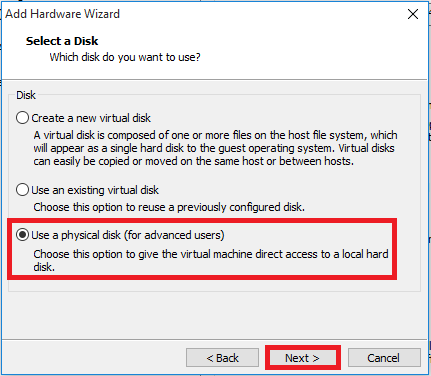
Do not format the SD card after installing, even if prompted to do so. If your computer doesn’t see the card right away after flashing, tryĮjecting and inserting it again. Use something like Notepad++, Atom or VSCode instead or at the very Important: Do not use WordPad (Windows) or TextEdit (MacOS X) for this, those editors are known to mangle On the root of the installed card when using it like a thumb drive. With the SD card still attached to your computer, set up the Wifi connection using the octopi-wpa-supplicant.txt file If you decide against using the Raspberry Pi Imager, here are some alternative steps to get started:įlash the image to your SD card through whatever alternative means you’ve chosen. Please also refer to OctoPi’s README, especially the “How to use it” section. (which means your browser will warn you about it being invalid - it isn’t, it’s just not recognized by your browser). Or https is available too, with a self-signed certificate

This will break the installation and you will have to start over!Īccess OctoPrint from your browser via or the hostname youĬhose ( if your computer supports bonjour)

#Sd card for mac vm install
Install the image to your SD card, then plug everything in to your Raspberry Pi and boot it up. Optionally: Change the hostname in “Set hostname” Optionally: Change the configured timezone in “Set locale settings” Leave the username as “pi”, do not change it to anything else! OctoPrint but one that you’ll have to use to log into your Pi via SSH should you ever need to. This is not the password you’ll use for logging into Open advanced options by clicking on the button with the gear, or by using the keyboard shortcut ctrl+ shift+ x and then:Ĭonfigure your wifi options: Set your SSID, password and WiFi country:Ĭhange the system password in “Set username and password” by entering a new password to use for the system user “pi”. If you haven’t already, download and install Raspberry Pi Imager on your computerįind the OctoPi image under “Choose OS”, by selecting “Other Specific Purpose OS” > “3D printing” > “OctoPi” and then the “stable” version.
#Sd card for mac vm how to
Here’s how to get started installing OctoPi:

You can install it yourself, or alternatively simply buy one of the available OctoPi is available through the Raspberry Pi Imager, which you can use to download and setup OctoPi. Issues were observed, caused by the WiFi interface when bandwidth is utilized (e.g. Please note that the Raspberry Pi Zero and Zero W are not recommended explicitly since severe performance Recommended hardware are not officially supported. Options, especially when adding a webcam or installing third party plugins. Expect print artifacts and long loading times with other Recommended hardware: Raspberry Pi 3B, 3B+, 4B or Zero 2. That already includes OctoPrint plus everything you need to run it:įor live viewing of prints and timelapse video creation, compatible with various
#Sd card for mac vm manual


 0 kommentar(er)
0 kommentar(er)
